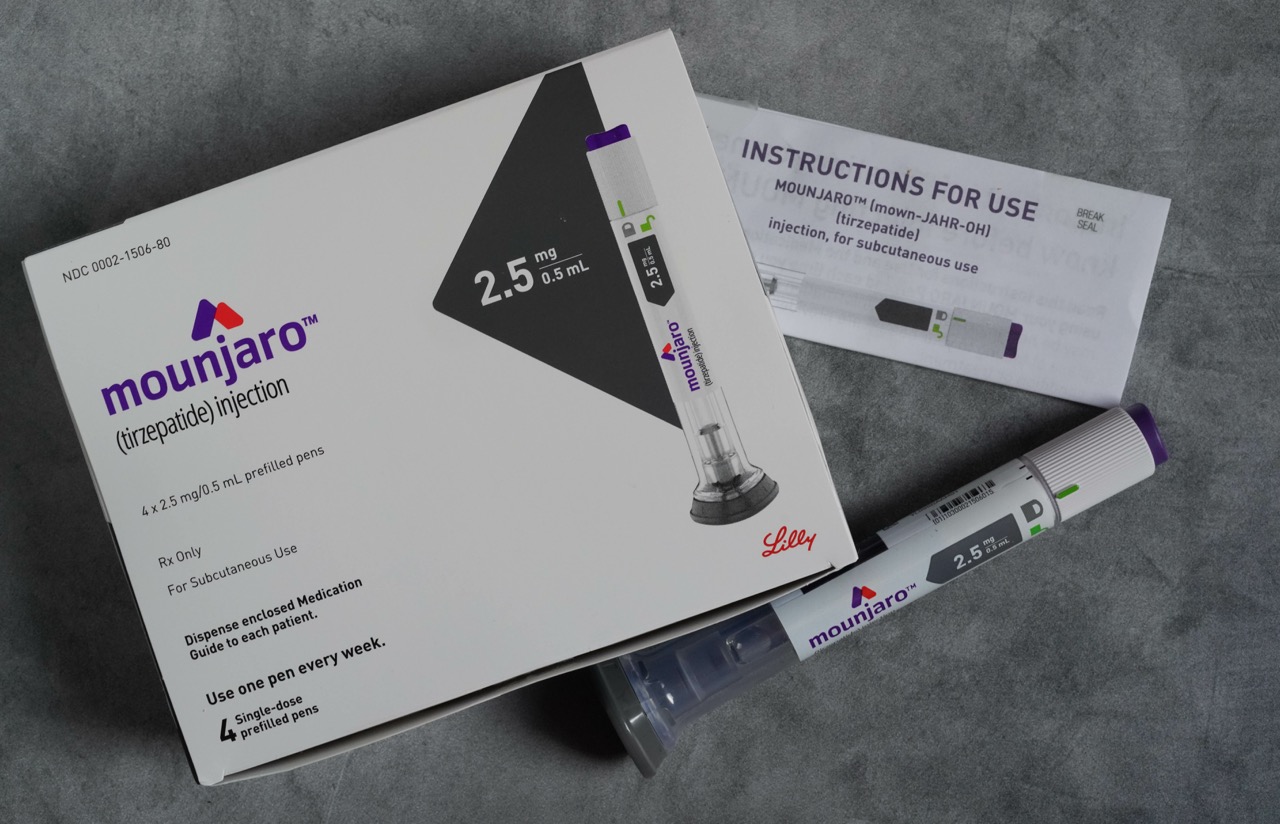It’s tempting to let go of a regular exercise routine when you are on ozempic. However, it can cause major health issues if you only rely on ozempic to lose weight.
This article aims to guide you on how to effectively combine Ozempic with a regular exercise routine to maximize health benefits. We’ll discuss how exercise enhances the effectiveness of Ozempic, best practices for creating a safe and effective workout regimen, and strategies for overcoming common challenges like weight loss plateaus.
We will also cover essential precautions to ensure you’re exercising safely while on Ozempic and provide tips for staying motivated.
By the end of this article, you’ll have a clear understanding of how to optimize your health and weight loss journey with Ozempic and exercise.

























